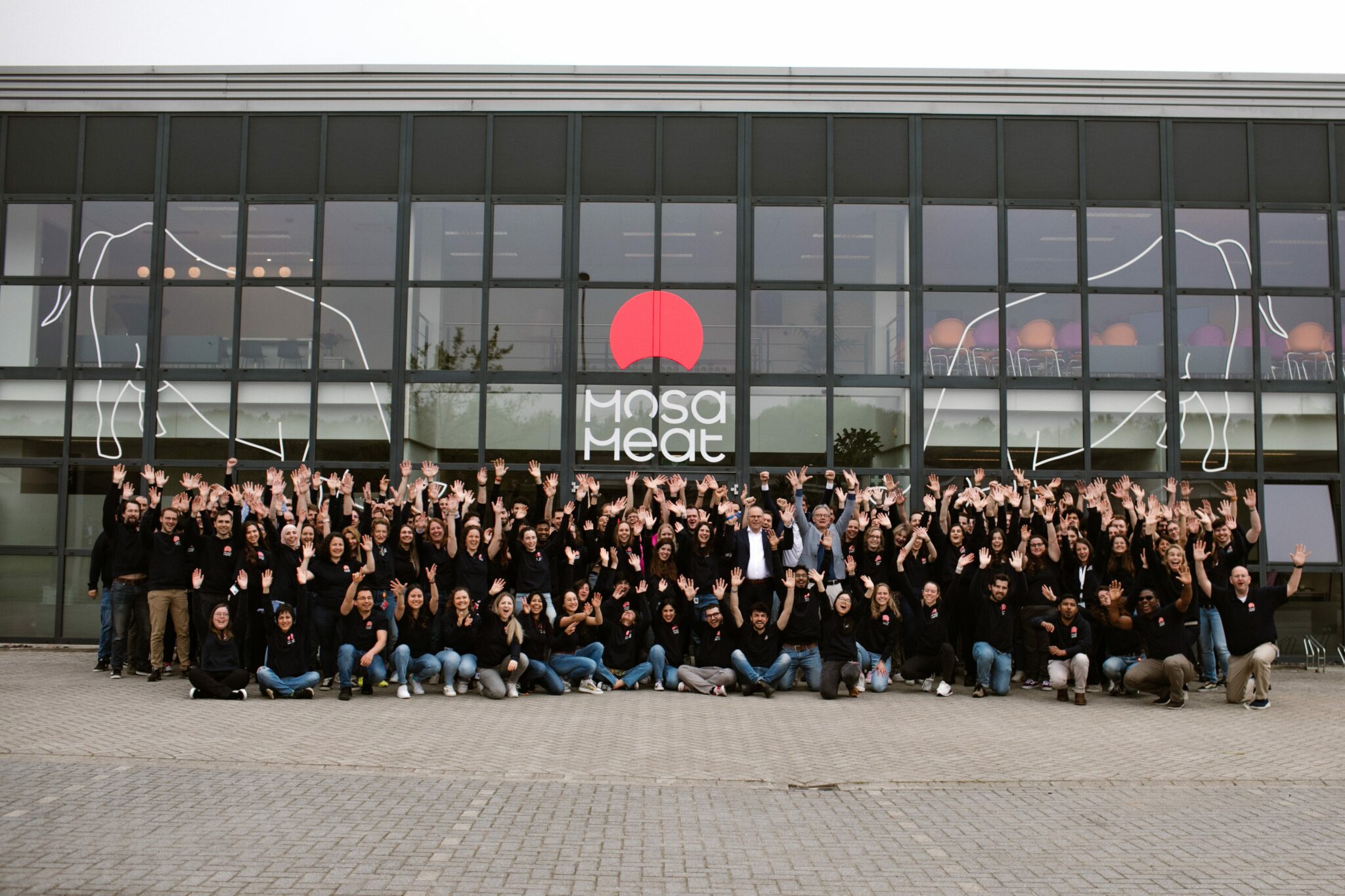AI Roll-Ups: The new playbook for startup growth

A new trend is taking shape in the startup world: AI roll-ups. The playbook is straightforward: acquire companies in a fragmented vertical, integrate them into one platform, and use AI to boost efficiency and accelerate growth.
For tech founders, it’s a way to scale by applying better tech and sharper processes to existing assets: client bases, sales networks, and industry know-how. Done well, this move can speed up go-to-market, create new upsell paths, and expand into adjacent segments without building everything from scratch. AI roll-ups are already attracting VC attention, especially from larger funds with the capital and operating teams equipped to execute.
However, the model has its critics. A recent Fortune piece argued that roll-ups make a category mistake, assuming that services firms can become software businesses just by layering on AI. While some risks are real, I don’t think the model itself is flawed. My view is that roll-ups don’t need to chase SaaS multiples to work. Embedding AI into services can raise margins, speed up revenue, and, in some cases, create defensible hybrids with proprietary data and AI-powered workflows.
To understand why the model can work, you need to place roll-ups in context. They’ve been tested in private equity for decades — AI has only upgraded the playbook. Let’s look at where it came from and why, in the right hands, it delivers powerful results.
The old playbook, upgraded with AI
The roll-up model is an old tool now powered by sharper tech.
It got serious during the LBO wave of the 1980s, when private equity firms used “buy-and-build” strategies to consolidate fragmented industries. Some of those roll-ups collapsed under debt. Others, with tighter execution, delivered outstanding returns.
Take Gibson Greetings, a mid-sized greeting card company acquired in 1982 through an LBO that became a business school case study, completing a $290 million IPO just sixteen months after the deal, or Hilton Hotels, bought by Blackstone in 2007. Despite the financial crisis, Blackstone walked away with $14 billion in gains, turning Hilton into one of the firm’s best exits.
In the 2010s, the playbook resurfaced in the e-commerce aggregator trend that reshaped Amazon’s ecosystem and digital retail businesses. Accel Club, a company that acquires, integrates, and scales independent Amazon and e-commerce businesses, illustrates how the trend of the 2010s paved the way for today’s AI-driven roll-ups.
The logic hasn’t changed. But now, the driver is AI.
Why founders should pay attention
AI-native startups are now acquiring slower players to expand faster. With a solid platform and playbook in place, founders can add customers, channels, and revenue lines without burning time on cold starts.
Pioneers, an AI-powered staffing platform, used the roll-up playbook to great effect. They had strong unit economics but a slow sales cycle. After raising capital, they acquired a few traditional staffing firms with major customers but outdated tech. Plugging their AI engine into that customer set increased monthly revenue 5x in just a few months.
Another example is Dwelly, a UK proptech startup, which is using the same approach. In 2024, the company acquired the real estate agency Lime Property and went on to make an additional acquisition in the same year.
These deals demonstrate how even traditional service businesses, such as staffing or real estate firms, can be consolidated and modernised through tech-driven roll-ups. Europe, with its fragmented markets and slow digitisation, is especially fertile ground. Many local incumbents still run on legacy systems, leaving gaps in efficiency and customer experience. Roll-ups can accelerate market entry, letting founders modernise entire verticals faster by skipping the slow ramp of customer acquisition.
However, acquiring a business isn’t about empire-building, and it only makes sense when it strengthens market position, improves value delivery, or removes structural friction. Otherwise, it’s a distraction.
So, is it worth it?
For founders with the right tech, clear vision and operating rhythm, the answer is yes. Fast distribution and speed-to-market are critical today. And roll-ups provide you access to both by plugging into existing customer bases and optimising fragmented operations. If you can get that right, you’re growing fast, creating stronger go-to-market engines.
But the deal is only the starting point. Success depends on what follows: seamless integration, repeatable upsell, and relentless execution. Done right, AI roll-ups create defensible platforms that outlast hype cycles. Done poorly, they become expensive mistakes.
The post AI Roll-Ups: The new playbook for startup growth appeared first on EU-Startups.













































